
THE LIPIDOMIC SECRET OF LONGEVITY
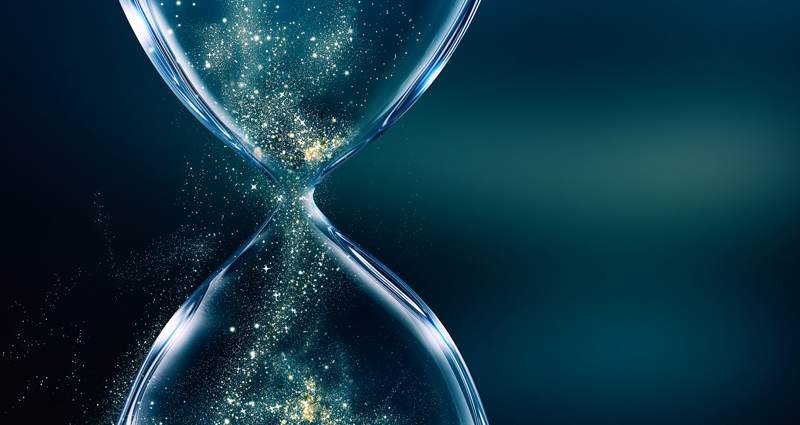
Aging: from the cell the secret to living longer
Over the past 20 years, a tremendous amount of knowledge about aging has developed that has clarified how this natural process is due to a combination of factors ranging from genetics to the environment, including lifestyle and diet, as well as the degree of exposure to a variety of conditions that lead to the development of diseases [1].
Aging, oxidation and regeneration
Science is clearly indicating that favourable aging is achieved by proper prevention throughout life, by monitoring at the level of the individual the functioning of the organism, through parameters ranging from macroscopic ones-such as weight and abdominal fat accumulation-to those referring to the life of cells, i.e., the smallest vital part of our organism. The natural phenomenon of aging is related to the increase in oxidative reactions and damage to the molecules that are the cell’s heritage, 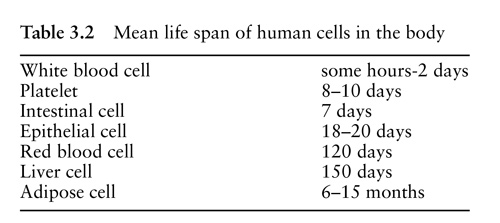 with oxidative and inflammatory responses then leading to cell death. Not everyone knows that there are cells of different ages and with different “life expectancies” within the same organism, so aging and cell death are completely natural phenomena that must occur within the times of the average life expectancy for different cell types, reported in the Table.
with oxidative and inflammatory responses then leading to cell death. Not everyone knows that there are cells of different ages and with different “life expectancies” within the same organism, so aging and cell death are completely natural phenomena that must occur within the times of the average life expectancy for different cell types, reported in the Table.
The cell is an important site for assessing how we are aging, because while it is true that all cells have a life span, i.e., they age and die, as many new cells are formed to make sure that tissues are reciprocated and are always functioning. In each time frame as cells age, new ones are formed following the cell cycle shown in the figure, ranging from G1 -> S -> G2. During the cycle, considerable effort is made to duplicate the “kit” of molecules and form two daughter cells (in a process called mitosis). This cycle ensures that there are always cells available for the functions of systems, organs and tissues [2].
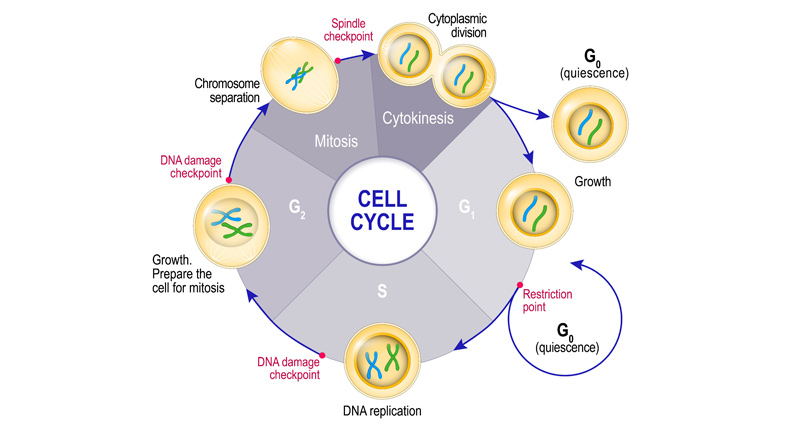
At this point we put the cycle into operation, as if it were an “assembly line,” taking as an example the epithelial cell (which forms the “carpet” of our epithelia, i.e., skin) with a life span of 18-20 days. If the necessary molecular make-up cannot be fully formed, the process will slow down. Cells would not have replacement available, and more tired and aged cells will linger more in the tissue. Here is where the skin will accumulate many more defects, creating problems of normal functioning: lack of hydration and oxygenation, high sensitivity, loss of support and elasticity.
Cell replacement must occur precisely in synergy with “cellular senescence” (aging of the cell) first theorized in 1961 for fibroblasts (connective cells) [3]. In place of heavily oxidized cells come new cells, regenerating tissue.
The membrane and its balance for longevity
In the late 1990s, Prof. Antony Hulbert published a compendium of the lifespan of animal species, including humankind, and reported a striking graph, on the years of life as a function of the fat composition of the cell membrane (shown is the composition of skeletal muscles of mammals and birds) [4]. Specifically, taking up the concept of oxidation assessed in aging, the graph shows the polyunsaturated fat content or peroxidation index of the membrane as a function of age. It is clearly seen that the more polyunsaturated fats the membrane contains, the shorter the lifespan in the animal.
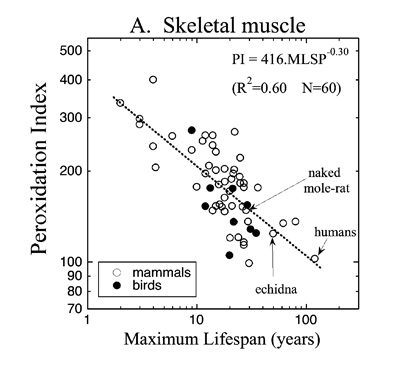 From this observation, the theory of the cell membrane as a “pacemaker” for aging was born, and two important pieces of information were obtained:
From this observation, the theory of the cell membrane as a “pacemaker” for aging was born, and two important pieces of information were obtained:
-
The amount of polyunsaturated fats in the cell membrane must be optimal, i.e., no deficiencies should be found, but neither should excesses be found, because in the latter case the peroxidation index increases, and this correlates with reduced life expectancy. An analysis of the membrane lipidome provides precise information about the content of fat molecules, and whether there is an optimal complement to meet life expectancy and turnover times.
-
From the composition of the membrane lipidome, the secret to optimal turnover and promoting cell life can be studied. It is precisely on reading the membrane to delineate human profiles that Lipinutragen has been developing its R&D for some time. In 2008, the cell membrane of the mature erythrocyte of the Cilento population, one of the areas with the highest presence of centenarians, was studied, discovering a peculiar characteristic of the descendants of the long-lived [5]: compared with other fellow citizens not descended from longevans, and with the population of other geographical areas, the offspring of centenarians have the erythrocyte membrane richer in monounsaturated fatty acids, particularly palmitoleic acid, a specific molecule that activates cellular anti-inflammatory signals and for lipid metabolism, and participates in membrane fluidity without increasing oxidations.
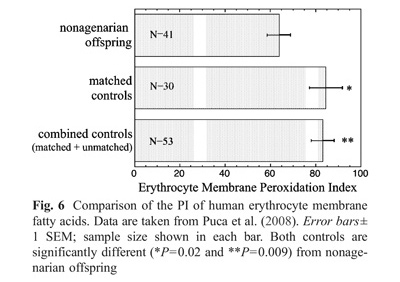
Analysis of the membrane lipidome of the mature red blood cell is the only analysis that allows us to examine the individual status and, if deficiencies or excesses of lipid molecules are found, to implement a rebalancing strategy, aiming to protect the cellular make-up, promoting proper turnover and regeneration, two important processes involved in longevity and good health.
Bibliography
[1] Collection: Aging, longevity and age-related diseases. Nature Aging al sito: https://www.nature.com/collections/dbagdcagdb
[2] C. Ferreri, C. Chatgilialoglu. Membrane Lipidomics for Personalized Health, 2015, pag. 64, Wiley and Sons.
[3] Hayflick L. The limited in nitro lifetime of human diploid cell strains. Exp Cell Res. 1965, 37, 614–636.
[4] Hulbert A. J. Explaining longevity of different animals: is membrane fatty acid composition the missing link? Age 2008, 30, 89–97.
[5] Puca A.A., Novelli V., Viviani C., Andrew P., Somalvico F., Cirillo N.A., Chatgilialoglu C., Ferreri C. Lipid profile of erythrocyte membranes as possible biomarker of longevity. Rejuven. Res. 2008, 11, 63–72.
Other articles related to the longevity theme:
Lifestyle medicine: www.lipinutragen.it/en/way-to-longevity/
Cell replacement: www.lipinutragen.it/en/membrane-lipid-therapy/
Article by the Editorial Group of Lipinutragen
The information given should in no way replace the direct relationship between health professional and patient.
Photo: 123RF Archivio Fotografico: 169729456 : ©zven0 | 114983921 : ©designua
- On 10 February 2023



